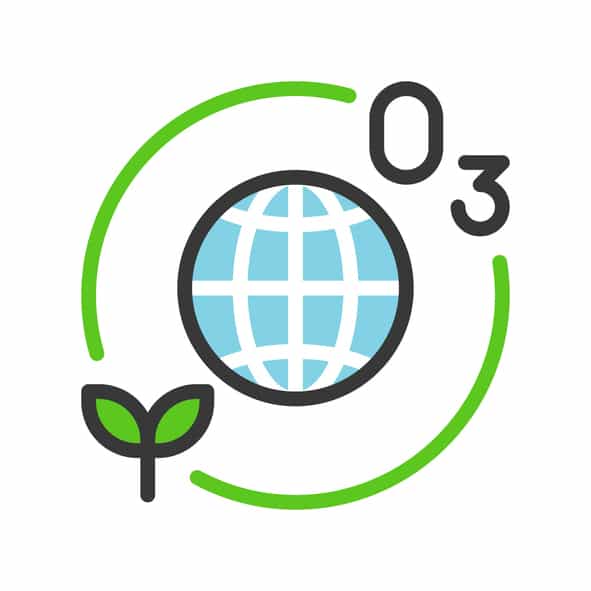Ozone Approvals Summary

USDA, FDA, EPA, CDC, OSHA Approvals, Recommendations and Guidelines: Summary: More than 100 years of ozone use worldwide United States Food and Drug Administration approved for bottled water in 1982 EPA allows use of ozone with no reporting or record-keeping FDA Expert Panel approved as GRAS (generally recognized as safe) in 1997 FDA granted petition […]
OZONE Effective & Safe When Rules Followed

Background: Ozone is an extremely effective oxidative disinfectant and has been used in the medical, pharmaceutical, food processing, and water treatment industries for decades. The reason ozone is used is simple. It can be cheaply and efficiently created on-site, and the disarming effect of ozone on microorganisms is well understood and has been proven […]